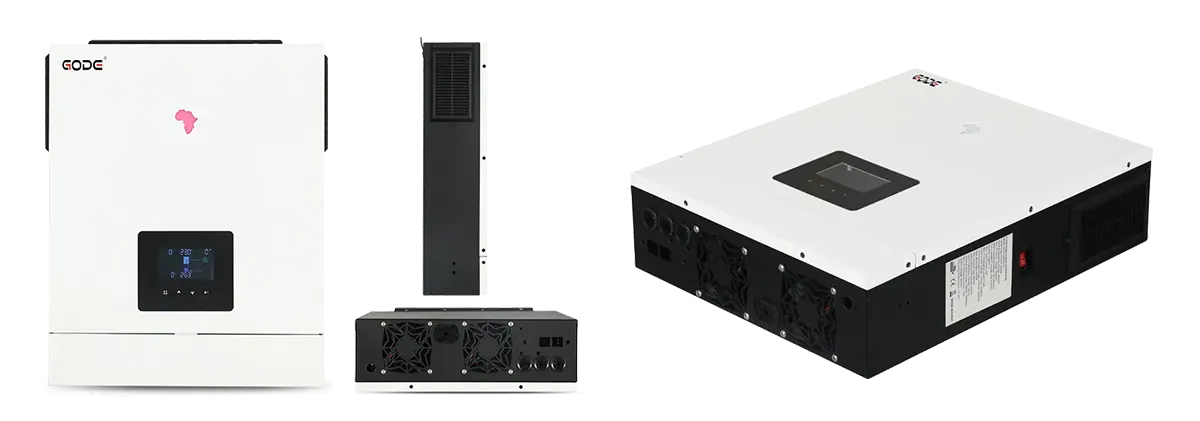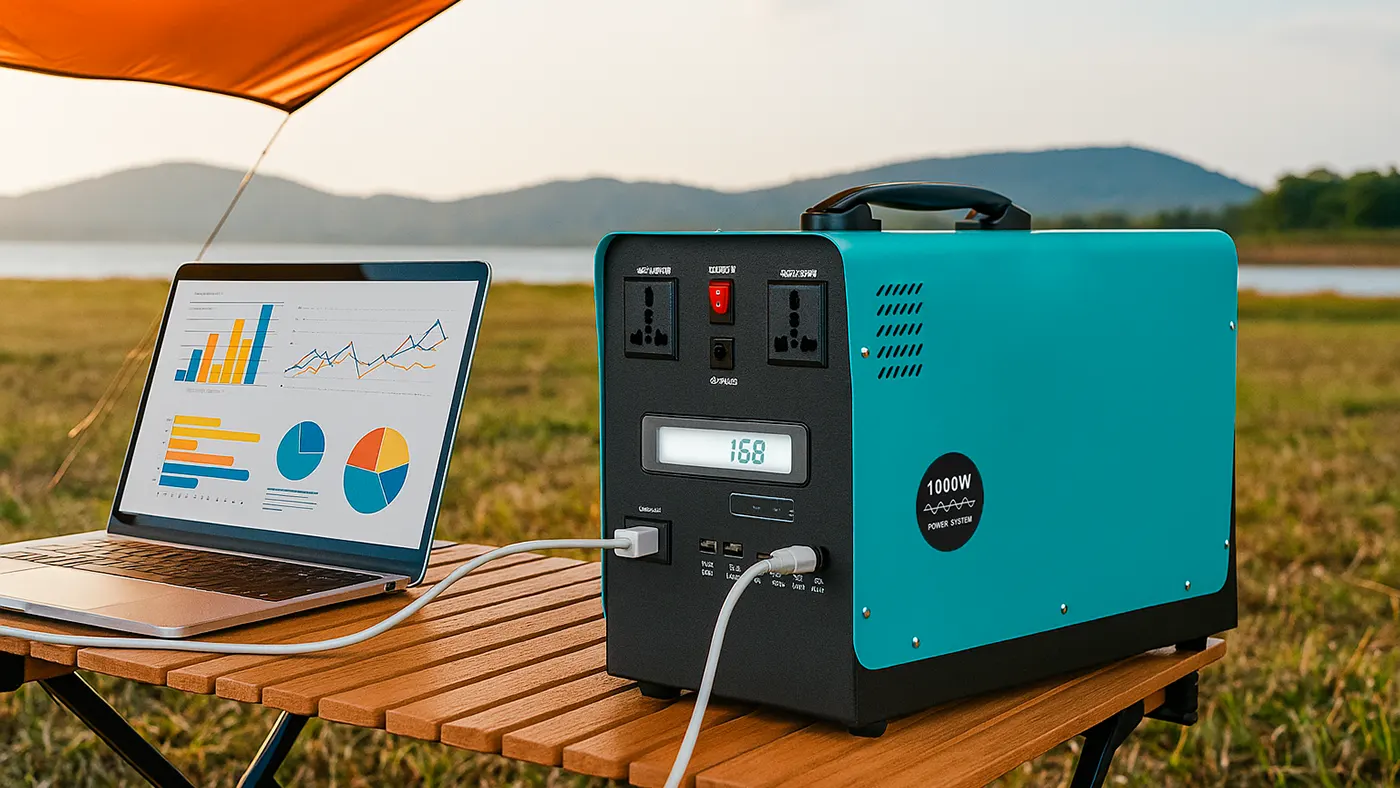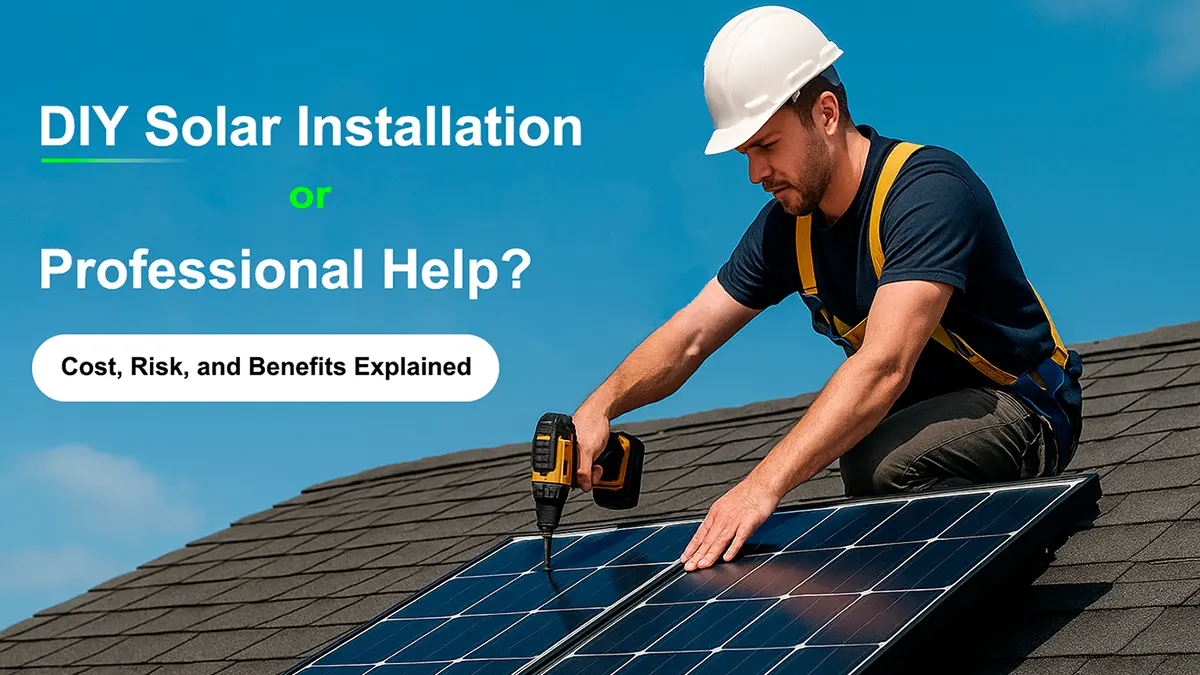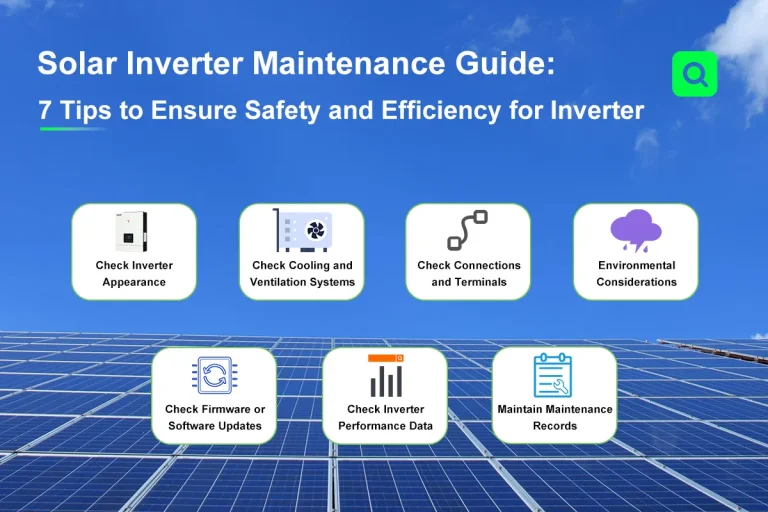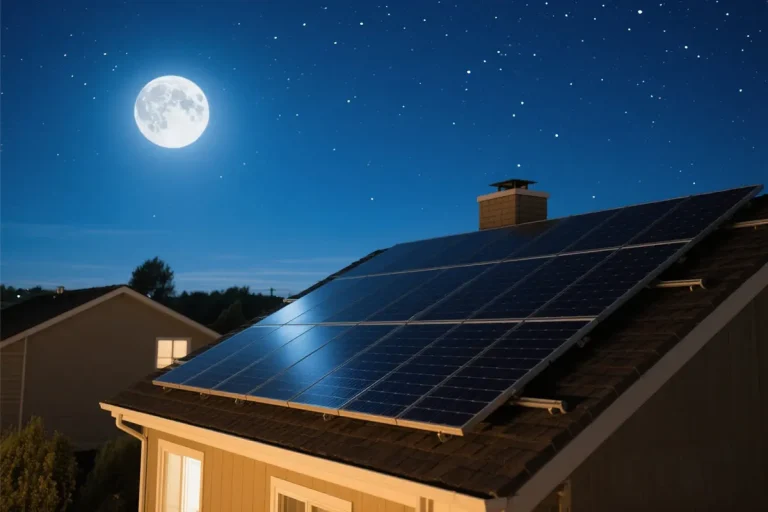12 June, 2025
What Size Inverter Do I Need ?A Complete Guide to Choosing the Right Inverter for Your Solar System
The inverter is one of the core components of a photovoltaic (PV) system. Its primary function is to convert direct current (DC) into alternating current (AC). Whether for off-grid living or as a backup power source, selecting the right inverter capacity is crucial.
Not all inverters will suit your specific needs—selecting the wrong size can lead to many problems. An undersized inverter may fail to start high-power devices, overheat during operation, or even damage sensitive electronics. On the other hand, an oversized inverter may operate inefficiently and drain your battery faster. So, what size inverter do you really need? Let’s break it down.
Guide to Sizing Your Inverter
1.List All the Devices You Want to Power
Start by listing all the appliances you want to power with the inverter. Check the nameplate for each device’s rated power, which can typically be found on the label or user manual.
| Appliance | Typical Power |
| Air Conditioner | 1100W |
| Computer | 200W |
| Water Heater | 2000W |
| Television | 150-400W |
| Washing Machine | 300-800W |
| Refrigerator | 200W |
| Fan | 100W |
| LED Light | 10-30W |
| Hair Dryer | 1000-2200W |
| Electric Oven | 2000-3500W |
| Blender | 1000W |
2. Allow for a Safety Margin
Start by listing all the appliances you want to power with the inverter. Check the nameplate for each device’s rated power, which can typically be found on the label or user manual.
3. Consider Starting Surge Requirements
After calculating the total load power, choose an inverter rated 20–30% higher to ensure stable operation. This safety margin helps handle unexpected surges or unplanned loads. For instance, if your total load is 2000W, an inverter rated between 2400W and 2600W is ideal.
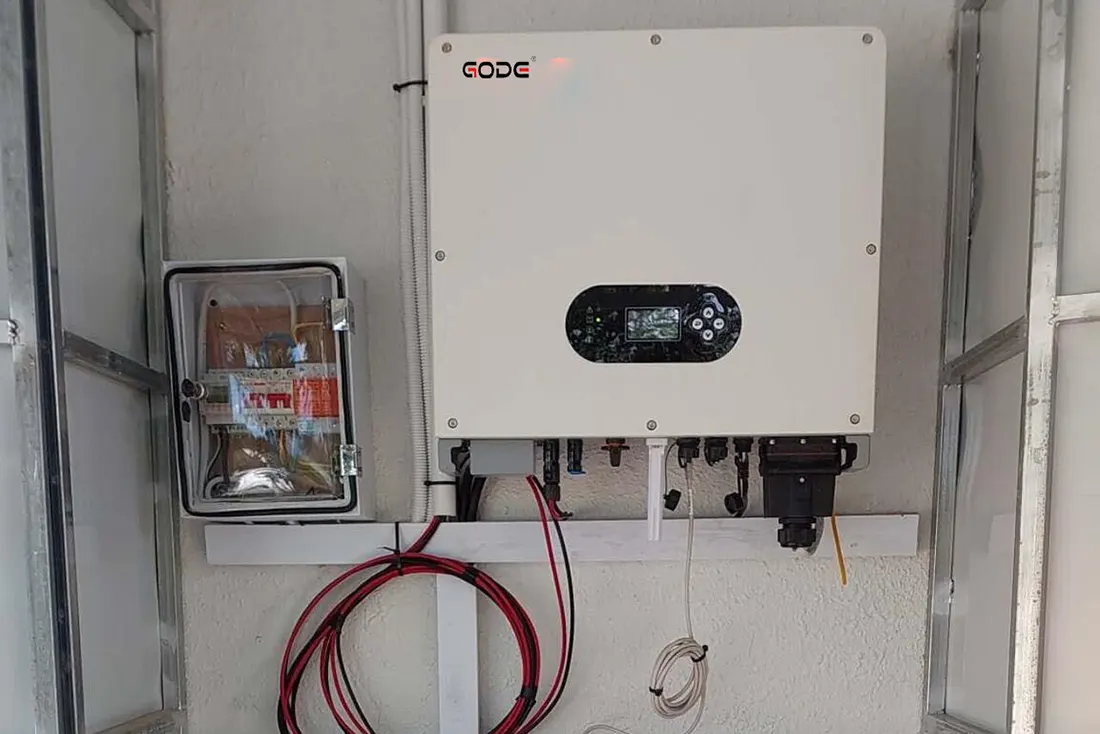
4. Plan for Future Expansion
Beyond current needs, consider future increases in home appliance usage and storage capacity. System scalability is a key factor in inverter selection.
Battery Capacity Matching is Critical
An inverter does not store power itself—it must be properly matched with a battery system in terms of voltage, current output, and capacity to ensure stable and safe operation.
Understanding Battery Capacity
Battery capacity reflects how much energy it can store and how long it can power devices. It’s measured in ampere-hours (Ah), where Wh = Ah × Voltage (V).
For example, a 12V 100Ah battery stores 1200Wh or 1.2kWh of energy.
How to Match Inverter with Battery Capacity
1. Voltage Matching
Each inverter has a designated input voltage (e.g., 12V, 24V, 48V). Your battery pack must match this requirement, which can be achieved through series or parallel configurations.
For example, if the inverter input voltage is 48V, your battery pack voltage must also be 48V. Taking lithium iron phosphate (LiFePO4) batteries as an example, the nominal voltage of a single cell is 3.2V. We can achieve the target voltage and capacity by connecting cells in series and parallel.
(1) Series Connection: Increases Voltage, Capacity Remains Constant
3.2V × 15 cells in series = 48V, i.e., 15 LiFePO4 cells of 100Ah connected in series.
(2) Parallel Connection: Increases Capacity, Voltage Remains Constant
By connecting battery packs in parallel, you can increase the capacity while keeping the voltage unchanged.
For example, paralleling two 48V 100Ah battery packs results in 48V × 200Ah = 9.6kWh.
| Battery Type | Series/Parallel Method | Result Achieved |
| Single 3.2V LiFePO4 Cell | 15 Series | Achieves 48V |
| Single 3.7V Lithium Cell | 13 Series | Achieves 48.1V |
| Modular 12V Battery | 4 Series | Achieves 48V |
| Multiple 48V Packs in Parallel | 2 Parallel → 200Ah | Increases capacity (runtime) |
2. Sufficient Capacity (Ah) to Support Load
Choose the appropriate battery capacity based on household usage. For example, if the inverter needs to continuously output 5kW for 2 hours, you will need a 10kWh battery.
In an ideal scenario, the required capacity is: 10000Wh / 48V = 208.33Ah.
However, in practice, you must consider depth of discharge (DoD) margin. For LiFePO4 batteries, a recommended DoD is 80
–90%, which means: 208Ah / 0.8 = 260Ah.
It’s also important to allow extra margin for aging and capacity degradation. Therefore, a 48V 280Ah or 300Ah configuration is highly recommended.
3. Peak Discharge Capability Must Not Fall Below Inverter Demand
Some high-power devices, such as air conditioners and motors, draw very high peak current at startup. Ensure the battery can handle this. For instance, power tools like saws and drills may draw up to 50A, while industrial motors can reach 100–200A.
Therefore, it’s essential to confirm that your battery’s peak discharge capacity is sufficient before purchase. For example, the GODE LF51560-02 LiFePO4 battery offers up to 200A peak discharge and 15kWh–30kWh energy capacity—ideal for household power needs.
Common Mistakes to Avoid When Choosing an Inverter
1. Ignoring Peak Power Demand
Many users focus only on the inverter’s continuous power rating, neglecting its peak power capacity. This is critical for devices like air conditioners, refrigerators, and power tools that have high startup current. That’s why we always recommend considering the inverter’s surge capacity when purchasing.
2. Ignoring Simultaneous Load Usage
Sizing the inverter based only on a single device’s power is unsafe. You must account for the total power demand when multiple devices run at the same time.
For example, you may choose a 100W inverter for a fridge, TV, and lights. But when you turn on a 1000W microwave simultaneously, the system will instantly overload and trip or even get damaged.
3. Choosing the Wrong Waveform Type (Pure Sine vs Modified Sine)
Some people opt for modified sine wave inverters to save money, unaware that many modern devices—like computers, air conditioners, and refrigerators—require pure sine wave to operate safely.
Choosing the wrong waveform can lead to excessive inverter heat, reduced equipment efficiency, or complete malfunction.
4. Overlooking Efficiency Loss
No inverter is 100% efficient. Most pure sine wave inverters operate at 85%–95% efficiency, depending on the load and build quality. So, if your device requires 1000W output, you may need to draw 1050–1150W from your battery to compensate for the loss.
5. Choosing a Reliable Brand and Safety Certifications
Reliable brands typically offer better quality, and certifications ensure safety. We recommend choosing inverters from reputable manufacturers and looking for these certifications:
- CE Certification (for EU market)
- UL 1741 (North America inverter standard)
- RoHS (Environmental non-toxic standard)
- TÜV / ETL / ISO 9001 and other global quality standards
6. Pay Attention to Extra Features: Noise, Ports, Remote Monitoring
Fan Noise Control
Low-end inverters often use loud fans that run continuously. Choose models with smart temperature-controlled fans that activate only when needed for quieter operation.
Port Quantity & Type
Do you need multiple AC outlets? USB ports for small devices like phones? Terminal blocks for permanent installation in solar systems?
Remote Control & Smart Monitoring
Does it support remote control? Bluetooth/Wi-Fi monitoring? App support to view real-time data like load, voltage, and alarms?
These features are especially valuable in RVs, off-grid cabins, and standalone solar power systems—important points to consider when choosing.
Conclusion
Inverter selection should never be rushed when designing a solar or backup power system. Every aspect—from power rating and battery capacity to surge current, waveform type, efficiency, and certifications—affects system stability and performance.
Whether for home, business, or engineering use, choosing the right inverter ensures long-lasting, stable power and protects your electronics for extended lifespan.
If you want quiet operation, remote monitoring, and multi-port expandability, prioritize inverters with smart cooling, battery diagnostics, and Wi-Fi features. Also, compatibility and scalability are key—plan your usage and future load expansion carefully before buying.
share

